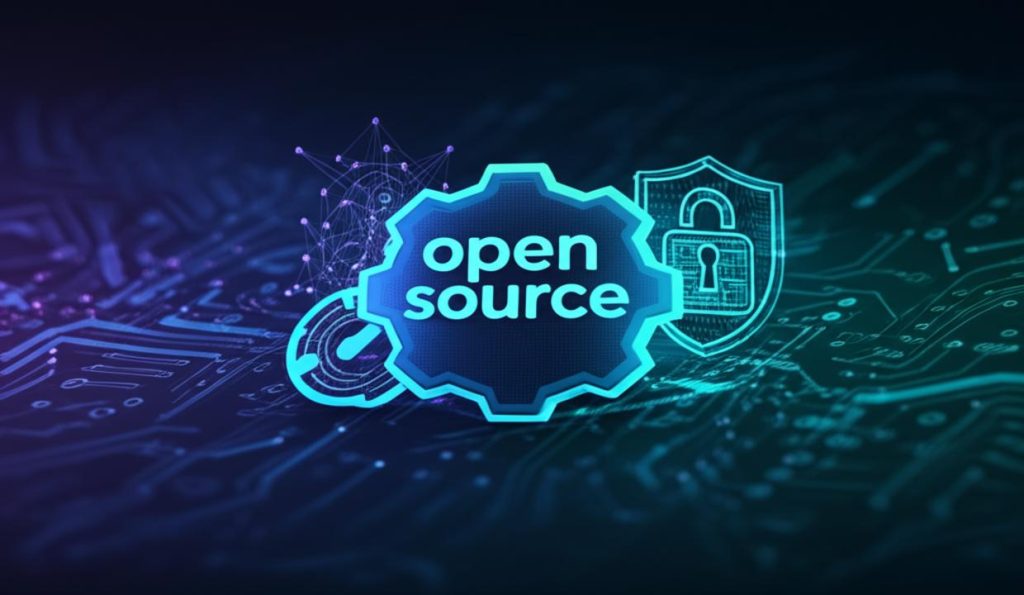Open source software has become one of the most powerful forces shaping the modern technology landscape. What began as a small movement of developers sharing code freely has evolved into a foundation for innovation, collaboration, and growth across every industry. From cloud computing and artificial intelligence to cybersecurity and web development, open source technologies are driving progress faster than any proprietary system ever could.
Table of Contents
Understanding Open Source
Open source refers to software whose source code is made publicly available for anyone to use, modify, and distribute. It promotes transparency, collaboration, and community-driven development. Instead of restricting access, open source projects invite participation from developers, researchers, and companies worldwide.
This approach has created ecosystems where innovation happens in real time. Developers can contribute improvements, fix bugs, or enhance performance without waiting for corporate approval. The result is software that evolves rapidly, adapts to user needs, and remains secure through constant peer review.
Popular examples of open source technologies include Linux, Android, Python, TensorFlow, Kubernetes, and WordPress. Each of these platforms has transformed its respective field and continues to influence how technology is built and delivered.
Collaboration Fuels Innovation
One of the greatest strengths of open source is its ability to unite developers with diverse skill sets and ideas. When people from different backgrounds collaborate, creativity flourishes. Problems are solved faster, and solutions are often more efficient because they benefit from collective expertise.
Open source encourages experimentation and iteration. Developers can test new ideas freely, fail quickly, and learn without bureaucratic limitations. This culture of openness is what enables groundbreaking innovations like Docker for containerization or Git for version control.
Cost Efficiency and Accessibility
Open source software reduces development costs significantly. Since the source code is freely available, businesses can build upon existing solutions instead of starting from scratch. This not only saves time and money but also encourages smaller startups and individual developers to compete with large corporations.
Security and Transparency
Contrary to the misconception that open source software is less secure, it often proves to be the opposite. The public nature of open source means that code is constantly reviewed, tested, and audited by the community. Bugs and vulnerabilities are identified quickly, and patches are released faster than in most proprietary systems.
Transparency builds trust. Users can examine the code themselves, ensuring that there are no hidden functionalities or data collection mechanisms. This openness is especially critical in cybersecurity and privacy-focused industries, where trust defines credibility.
The Role in Emerging Technologies
Open source is at the heart of nearly every emerging technology today. In artificial intelligence, frameworks such as TensorFlow, PyTorch, and Scikit-learn have made AI development accessible to millions of researchers and developers. These platforms allow experimentation with neural networks, computer vision, and natural language processing without licensing restrictions.
In cloud computing, open source projects like Kubernetes and OpenStack enable businesses to deploy scalable infrastructure cost-effectively. These technologies have become industry standards, powering major platforms and services across the internet.
The Future of Development
The future of software development is deeply connected to the open source philosophy. As businesses adopt agile and DevOps methodologies, collaboration and rapid iteration have become essential.
With the rise of generative AI and automation, it is also playing a crucial role in transparency and ethics. Developers can inspect how algorithms are trained, what data is used, and how models behave. This accountability ensures fairness and helps prevent biases that may arise in closed systems.
Challenges
Despite its advantages, it is not without challenges. Many projects depend on voluntary contributions, which can lead to inconsistent maintenance or slow updates. Security vulnerabilities may go unnoticed if community participation declines. Additionally, monetizing open source work remains difficult for developers who dedicate time without direct financial reward.
To address these issues, new business models are emerging. Companies now offer paid support, cloud hosting, and enterprise versions of open source software to sustain ongoing development. These hybrid approaches balance community freedom with financial stability.
Conclusion
Open source has fundamentally changed how technology is created, shared, and improved. It embodies collaboration, transparency, and innovation at a global scale. By allowing anyone to contribute and build upon existing work, it has accelerated progress in every domain of technology.
From startups to Fortune 500 companies, the open source model continues to prove that the best ideas often come from collective intelligence rather than closed systems. Also Check The Battle of Frameworks – Flutter vs React Native in 2025







1 thought on “Role of Open Source – Comprehensive Guide – 2025”